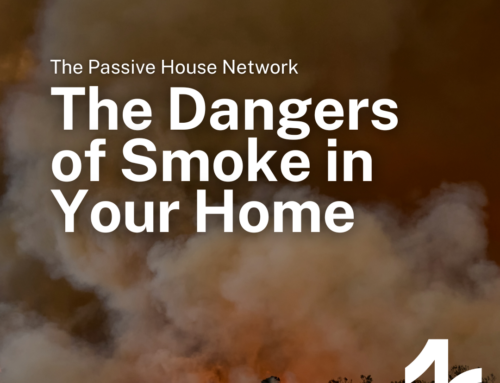NAPHN’s Passive House 2020 is focused on urging developers and owners who have power of pen to make each decision their building technology to support the “passive house”. We all generally have an idea that this works, we know that government is moving in that direction, but what we need are tools to get there. We need things that easily and clearly make this paradigmatic shift easy.
While we know that our upcoming conference will help with those choices, here are a couple of tools available today to help you think about what you can practically do to start moving that ball forward within your own context.
In The Power of Existing Buildings, academic sustainability expert Robert Sroufe, and construction and building experts Craig Stevenson and Beth Eckenrode, explain how to realize the potential of existing buildings and make them perform like new. This step-by-step helps readers to: understand where to start a project; develop financial models and realize cost savings; assemble an expert team; and align goals with numerous sustainability programs. The Power of Existing Buildings will challenge you to rethink spaces where people work and play, while determining how existing buildings can save the world.
In California, at the behest of Rory Cox, a senior analyst in Energy Division at the California Public Utilities Commission, Opinion Dynamic wrote, Barriers to Incorporating Passive House Concepts in Residential New Construction. This document presents findings from a research effort to identify barriers to, and opportunities for, incorporating Passive House (PH) principles into California’s Energy Code. Opinion Dynamics conducted a literature review and interviews with 16 subject matter experts in PH principles, beyond-code programming, and residential new construction to identify such barriers and opportunities.
Full disclosure: Craig Stevenson is a board member of NAPHN.




